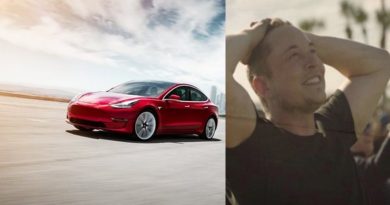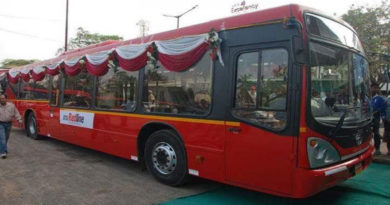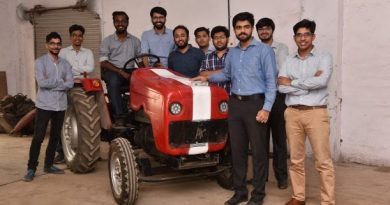Honda Researching Ways To Reuse Re-Purposed EV Batteries
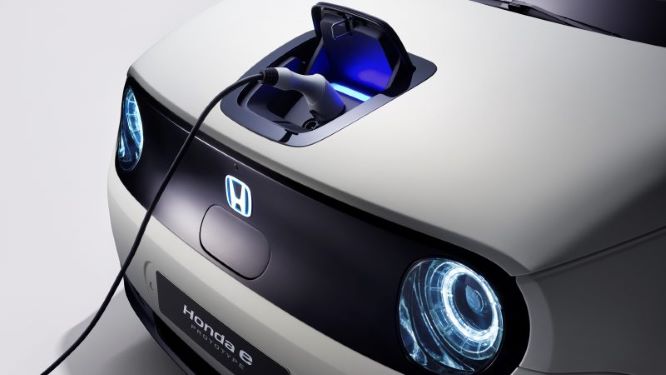 Honda recently confirmed its electric car will be called Honda e
Honda recently confirmed its electric car will be called Honda e
Electric mobility which has gained traction with offerings from companies like Tesla and Volkswagen, begs the question as to what will happen to the parts after the cars retire. Looking at this as a part of its ongoing effort to reduce CO2 emissions from its vehicles and operations, Honda is conducting research with Ohio-based electric utility American Electric Power to develop a network of used electric vehicle (EV) batteries that could be integrated into AEP’s electricity system.
One of the biggest areas of Honda’s study is in using the batteries to supplement the power grid during high demand. For example, as EVs become more commonplace, it’s likely that early evening will be a time of high strain on the power grid as people come home from work and plug their cars in at home.
A large array of these older EV batteries could store energy during the day when the system is under less demand or when renewable energy sources like solar or wind are making excess power, and act as a ballast for the grid when that demand ramps up.
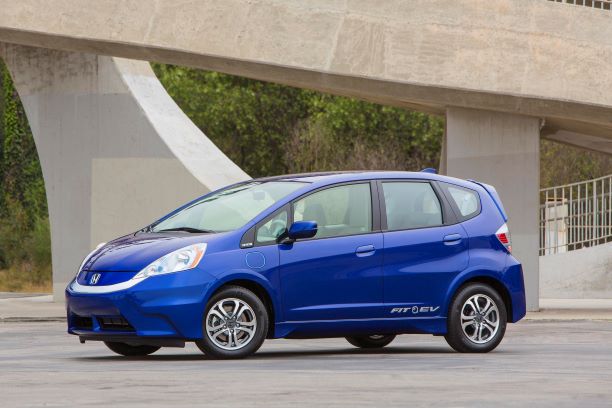
“Together with AEP, we are exploring opportunities to use the second life battery to improve energy security, reduce CO2 and prepare for broad-scale electrification of the transportation ecosystem,” said Ryan Harty, manager of Connected and Environmental Business, American Honda, in a statement. “Neither automakers nor utilities can address these complex technical, policy and business issues alone.”
Honda plans to use the batteries from its now-discontinued Fit EV to power its pilot program with AEP. AEP and Honda will jointly work on the pilot project that will reportedly develop technology and standards for future vehicle grid integration, as well as new business models to improve the value of EVs.
In addition to producing zero-emission vehicles, Honda is developing vehicle grid integration solutions, including the beta Honda SmartCharge™ program, which incentivizes Honda EV customers to charge their vehicles when more renewable energy resources are online. At CES 2019, Honda introduced its prototype Wireless Vehicle-to-Grid (V2G) bi-directional energy management system that has the potential to reduce CO2.

